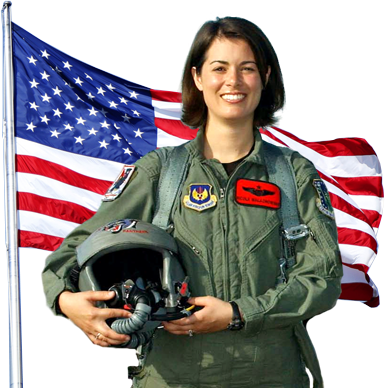- Details
- Hits: 1489
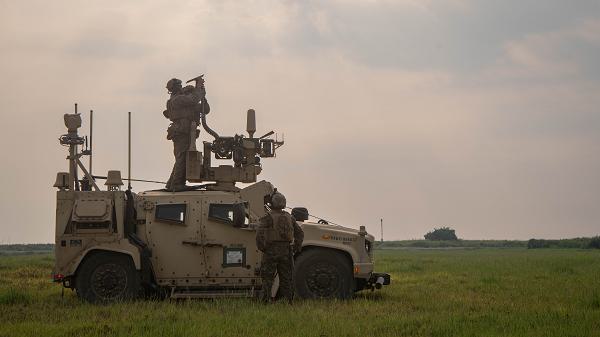
Gantioqui, Philippines. (May 8, 2025): As we witness the devastating use of unmanned aerial vehicles by Ukraine against the Russians, it is only natural to ask, “What are WE doing about drones.” In this photo by Sergeant Mitchell Johnson, Marines with 3d Littoral Anti-Air Battalion, 3d Marine Littoral Regiment, 3d Marine Division, prepare a Marine Air Defense Integrated System (MADIS) for training.
MADIS is a mobile, maneuverable, short-range air defense platform developed to protect against aerial threats like drones but also fixed-wing aircraft, helicopters, and even cruise missiles. The MADIS system is mounted on two Joint Light Tactical Vehicles and consists of two variants, Mk1 and Mk2, that work in tandem.
- Details
- Hits: 1647
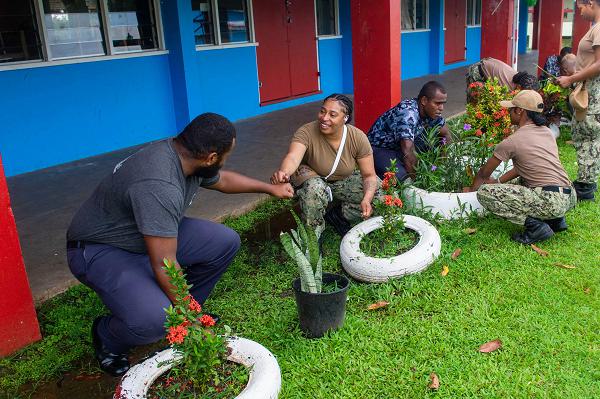
Suva, Fiji. (May 8, 2025): Despite being a tiny island in the South Pacific, Fiji has played an outsized role in America’s defeat of the Japanese during World War II. In this photo by Seaman Alajia Williams, U.S. Navy Petty Officer 2nd Class Kadeeja Howard and Fijian Navy Ordinary Seaman Nadidi Taginaselala participate in a beautification project during a port visit by the USS Blue Ridge.
During World War II, Fiji served as a staging and training base and to relieve New Zealand troops. The island was a crucial point along the shipping route from the US to South Pacific bases, particularly Australia. American forces operated airfields and seaplane bases that were used to interdict the Japanese Navy thereby preventing them from isolating the Aussies from their American allies. Thanks to the Fijians, the Japanese were unsuccessful in their efforts to cut off supply routes in the South Pacific.
- Details
- Hits: 2220
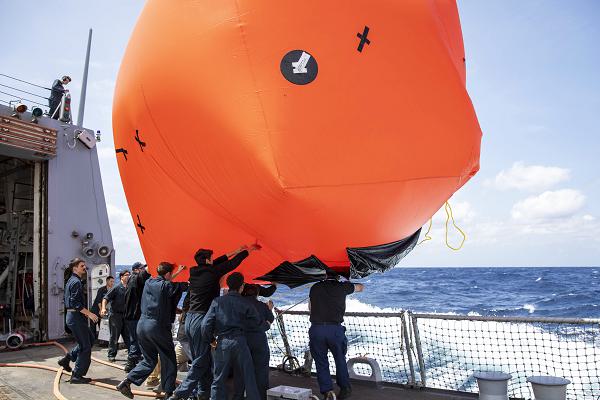
North Pacific Ocean. (May 7, 2025): When U.S. Sailors are looking for something to shoot at, they choose the “Killer Tomato”. In this photo by Petty Officer 1st Class Jamaal Liddell, Sailors aboard the guided missile destroyer USS Preble deploy a floating target used for live fire exercises. The Killer Tomato provides a flexible, realistic target to simulate small crafts and their electronic systems. The target allows Sailors to ascertain range and distance measurements to simulate realistic combat situations including interdiction and rescue missions.
Manufactured by American Pacific Plastic Fabricators, Inc., the Killer Tomato is easy to unpack, set up, inflate, launch, and recover. These surface targets are made from vinyl fabric, are relatively light weight, and can be inflated using a power air blower. Weighing just forty-eight pounds deflated, it can be manhandled overboard by a handful of Sailors and is likewise easily retrieved.
- Details
- Hits: 2452

Fort Drum, New York. (May 10, 2025): In this photo by Sergeant Salvador Castro, Soldiers assigned to the 4th Battalion, 31st Infantry Regiment, 2nd Brigade Combat Team, 10th Mountain Division, fire at simulated enemy forces during combat training. The 10th Mountain is one of America’s premier light infantry units whose roots go back to World War II and the fighting in Italy.
Masters of mountaineering and freezing weather warfare, the 10th Mountain was formed in 1943 as the 10th Light Division (Alpine) and sent to fight in the rugged Italian Alps. The division was specifically trained for mountain warfare, including skiing, snowshoeing, and navigating challenging terrain. Their assignment was to pursue and destroy German troops retreating up the boot of Italy over extremely difficult snow-covered mountains.
The division is most famous for seizing German positions on Riva Ridge and Mount Belvedere over nearly five months of intense ground combat against dug in opposition.
These enemy positions were key to the infamous Gothic Line – a series of German defensive fortifications across the top of the Italian peninsula that kept the Allies at bay.
The Allies needed a way to take Riva Ridge, which held the German’s observation post, a position used to watch for enemies, direct fire, and warn of approaching soldiers.
- Details
- Hits: 1953
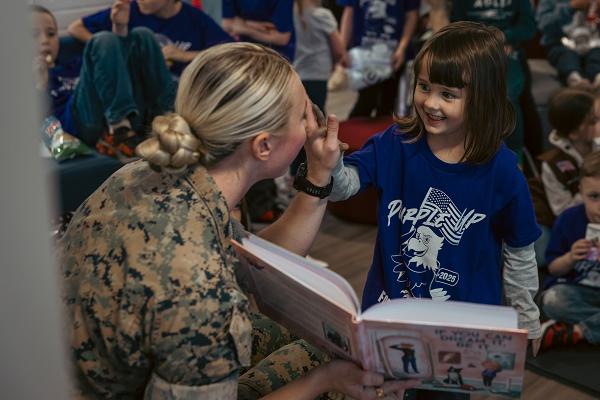
Quantico, Virginia. (April 9, 2025): To persist, one must continue to struggle despite difficulties, setbacks, or opposition. The embodiment of this trait can be found in Marine Corps Captain Riley Tejcek. In this photo by Lance Corporal Ethan Miller, Tejcek high-fives a child during a reading of her new children’s book, "If You Can Dream It, Be It", as part of the Month of the Military Child observance.
Authoring a book is just one of the many extraordinary accomplishments of Tejcek who was named 2021 Female Marine Athlete of the Year and won a place on the U.S. Olympic national bobsledder team. Hailing from a military family, she grew up in Indianapolis, Indiana where she earned a softball scholarship to George Washington University. After graduation, she was commissioned in the Marines in 2019 and assigned to Camp Pendleton as a logistics officer. In the fall of 2020, she tried out in Colorado for a spot as the pilot of a two-woman bobsled.
- Details
- Hits: 1908
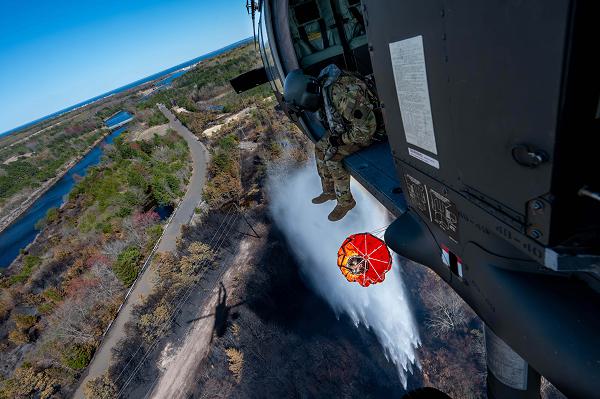
Ocean County, New Jersey. (May 1, 2025): As huge aircraft drop tons of water on wildfires raging across the country, one of the greatest firefighting weapons gets surprisingly little notice. In this photo by Seargeant Michael Schwenk, 1st Sergeant Timothy Witts, a crew chief with 1st Battalion, 150th Assault Helicopter Regiment, New Jersey Army National Guard, uses the Bambi Bucket system to extinguish flames from a UH-60M Black Hawk helicopter. The 150th was responding to requests from local authorities for help containing a 15,000-acre wildfire in Ocean City.
Based in Trenton, the New Jersey Guard also played a crucial role in the rescue and recovery efforts during the fire, which was the second worst in the last two decades. Comprised of more than 6,000 Citizen-Soldiers, the Guard has won acclaim for its role following Superstorm Sandy where more than 2,200 Soldiers and Airmen were mobilized. They rescued over 7,000 residents, provided security, transportation, and logistics, and delivered essential resources like meals and fuel. For their efforts, Guard members received the Humanitarian Service Medal.


